Intense physical training comes with a universal caveat – injury is an ever-present risk of being physically active. Athletic injuries are common in both competitive and recreational sports, but the benefits of an active lifestyle outweigh the risks for those who pursue it. When an injury does occur, conventional physical therapy is not enough to meet the needs of athletes who want to return to play at pre-injury performance levels.
At NYDNRehab, our integrative approach to athletic injuries and performance enhancement takes into account the unique needs of every patient. We leverage advanced technologies, cutting-edge procedures and state-of-the-art therapies to accelerate the healing process and restore high-level performance, so you can return to your sport or activity with confidence.
Dr. Lev Kalika, DC, RMSK, clinical director and founder of NYDNRehab, is an expert in integrative rehabilitative medicine, with 20+ years of clinical experience in diagnostic ultrasonography. In addition to operating his clinical practice in Manhattan, he regularly publishes peer-reviewed research on ultrasound-guided therapies and procedures. and frequently presents his work at international conferences.
Dr. Kalika is an active member of the American Institute of Ultrasound in Medicine (AIUM), and has developed his own unique approach to Musculoskeletal Dynamic Functional and Fascial Ultrasonography. His expertise in human anatomy and biomechanics, coupled with his skills in interpreting high-resolution ultrasound imaging, means patients at NYDNRehab get a comprehensive and accurate diagnosis that translates to successful rehabilitation.

Orthobiologic specialist
Dr. Yuri Brosgol, MD is a neurologist with 20+ years of experience in treating pediatric and adult myofascial pain. As a pioneer in orthobiologics and fascial release techniques, Dr. Brosgol learned fascial hydro release methodology directly from Dr. Carla Stecco, the world’s leading specialist in fascial science.
Together, Dr. Kalika and Dr. Brosgol are revolutionizing the way injuries, pain syndromes and movement disorders are diagnosed and treated. Their combined expertise makes NYDNRehab the clinic of choice for sports injury rehab in NYC.
Most sports medicine clinics take a one-size-fits-all approach to athletic injuries, relying on standardized treatment protocols and recovery timelines that often fall short of their intended goals. Their symptoms-based diagnostic approach zeroes in on the site of injury, often overlooking critical details that set the athlete up for more injuries down the road.
By contrast, integrative sports medicine combines certain conventional approaches with alternative therapies to address the whole athlete. It emphasizes injury prevention, holistic treatment, and performance optimization based on the individual patient’s profile, and tailored to the athlete’s unique needs, lifestyle, and goals. The overall goal is to enhance the athlete’s total wellness and performance, not just treat their injuries.
Integrative sports medicine practitioners possess a comprehensive understanding of functional movement, and how the body’s structures interact during physical activity. We use advanced assessment technologies to extract and analyze quantitative data that eliminates guesswork and establishes a reliable baseline. High-resolution ultrasonography informs our diagnosis and supports decision-making about treatment.
Regenerative technologies and orthobiologic procedures are most effective when they are administered at the right time. We not only customize our procedures to the particular injury, but also time them according to the patient’s unique metabolic profile and functional readiness. We go beyond treating tendon ruptures and tendinopathies – the pain generators – to address the causative factors that lead to injury.
In conventional sports medicine, therapies are often administered before the patient is functionally and metabolically ready, minimizing their effectiveness. Thanks to our expertise backed by technology, we are able to deliver regenerative and orthobiologic therapies when the body is most ready to benefit from them, dramatically enhancing patient outcomes.

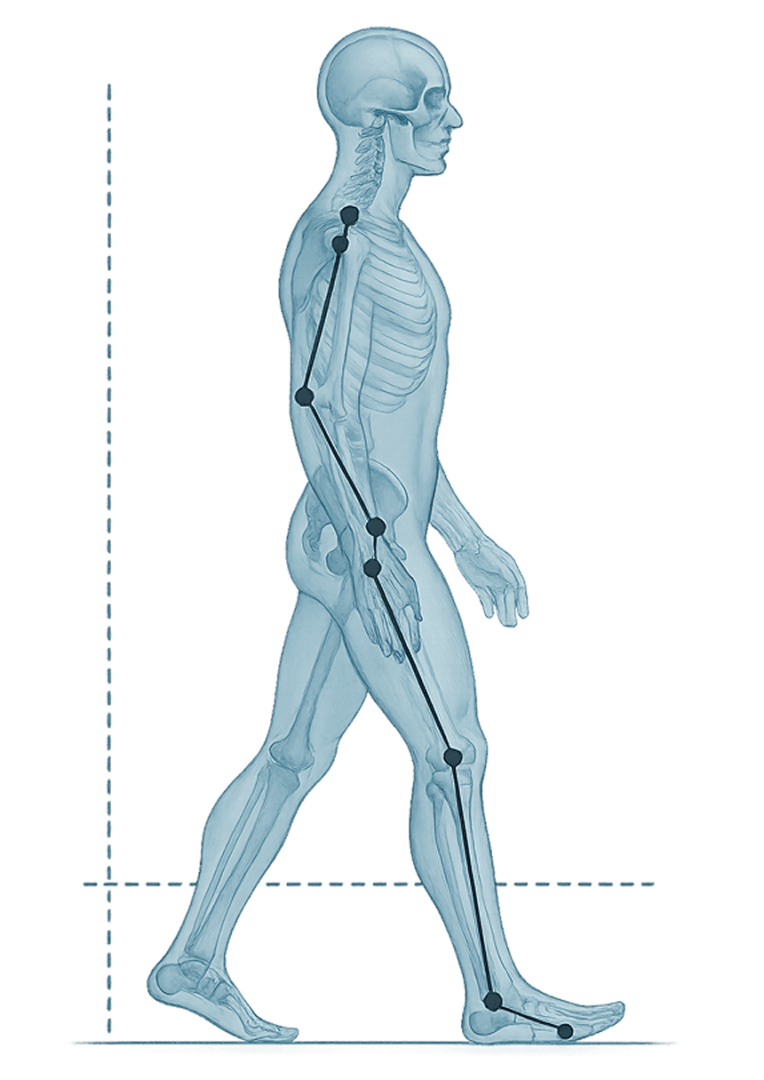
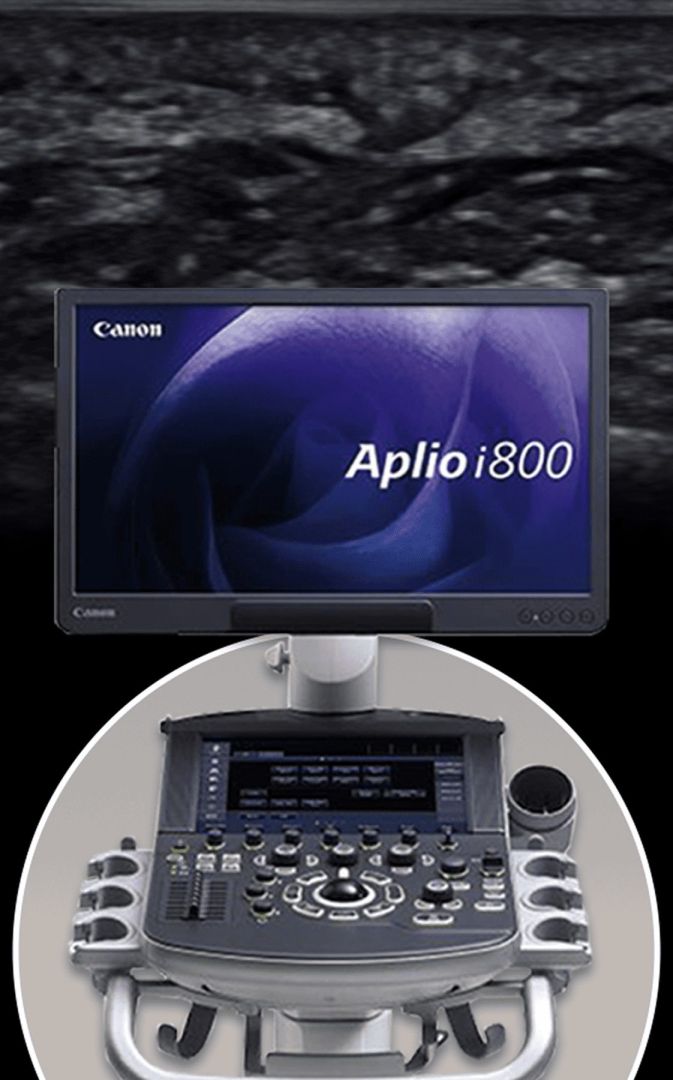
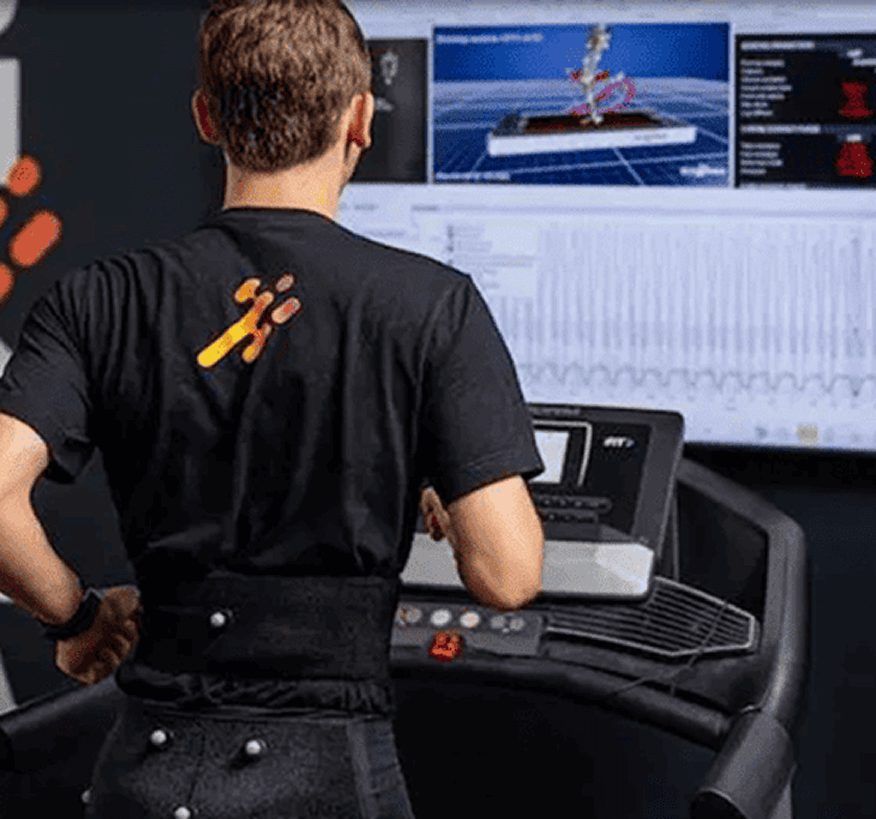
Conventional running analysis provides a limited, two-dimensional overview of certain gait parameters in the sagittal and frontal planes of motion. But most running injuries occur in the transverse (rotational) plane, which can only be observed with 3D gait analysis. Our high-tech running lab equips us to objectively measure and scrutinize a broad range of critical running and walking metrics in all 3 planes of motion, including the transverse plane.
Our one-of-a-kind instrumented treadmill measures intrinsic foot mechanics during running – a feature not available with other gait analysis systems. It uses sensors to capture ground reaction forces and pressure distribution across the foot. A new study out of Brazil emphasizes the important role of foot pressure in running mechanics.
We pair our 3D motion capture system with multiple cameras, to give us a detailed analysis of gait mechanics.
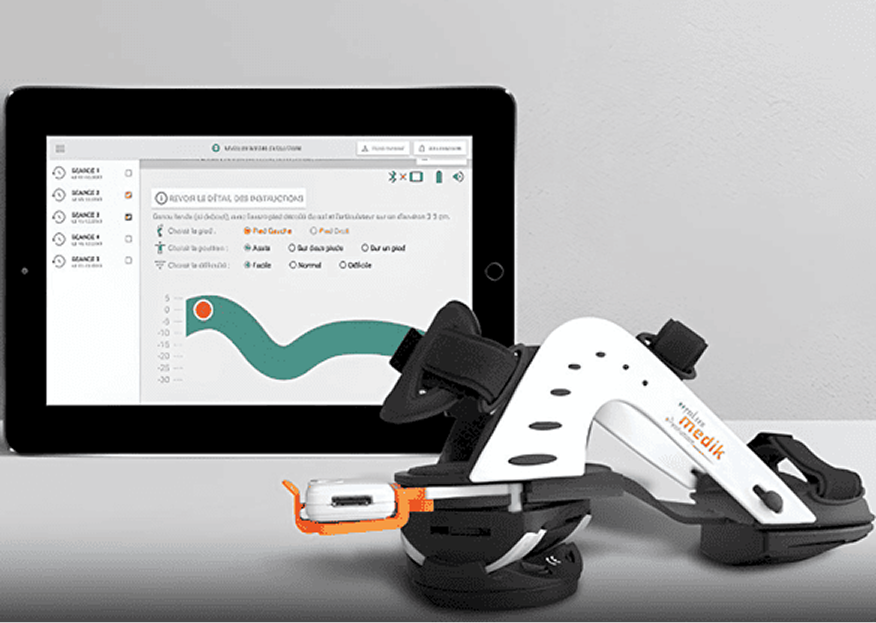

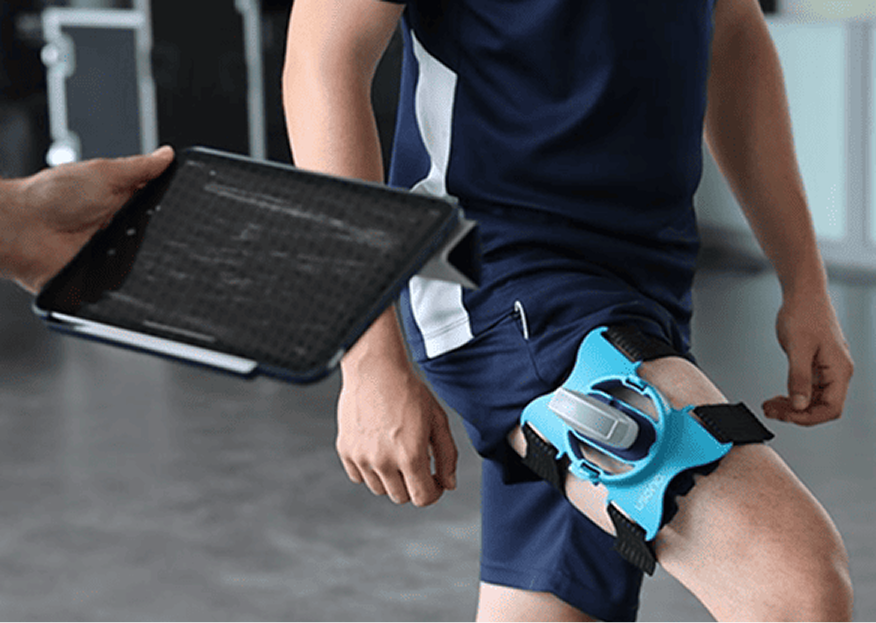
Physical therapy is a valuable and effective tool for restoring pain-free mobility after an injury, but it does not provide a stand-alone solution. We first need to address damaged muscle and connective tissues, myofascial dysfunction, and proprioceptive deficits that can lead to reinjury. At NYDNRehab, we pretreat your damaged tissues to accelerate healing and restore biotensegrity before introducing weight-bearing activities.
Your prehab protocol may include:
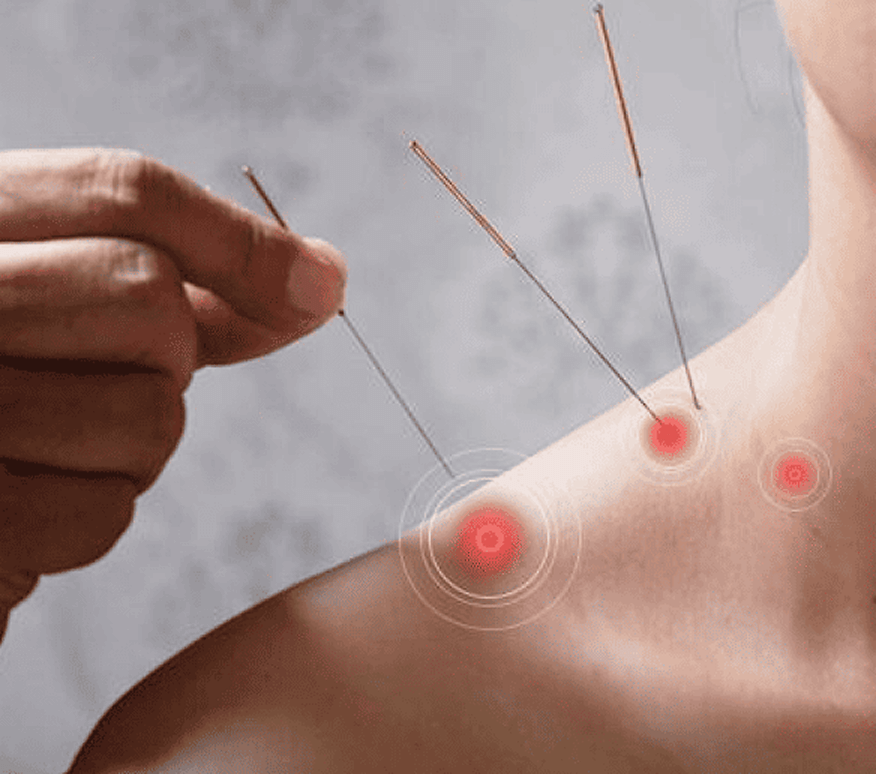
Orthobiologic injection therapies use natural/neutral solutions, injected with precision under ultrasound guidance. The injected solutions stimulate cellular repair by either nourishing or irritating the targeted cells, triggering a regenerative response. However, orthobiologics are not a stand-alone solution – they only address tissue biology, but cannot restore functional mechanics.
At NYDNRehab, we incorporate orthobiologics as part of our multimodal treatment strategy. Our holistic approach optimizes results and speeds recovery, so you can quickly return to play.
Multiple factors make orthobiologic procedures at NYDNRehab superior to other clinics:

We specialize in scapular and shoulder injuries, treating swimmers, hockey players, and overhead athletes in sports like tennis, baseball and volleyball. Our unique Prolotherapy procedures for the shoulder and scapula are not available anywhere else in NYC. Read our case study to learn more about our unique approach to shoulder injuries.
Dr. Kalika’s expertise in diagnostic ultrasound combined with Dr. Brosgol’s skill in needling procedures ensure that your orthobiologic therapy has maximal impact on the targeted tissues.




The ability of your body’s structures to align and interact at optimal levels depends on elastic tension generated from your muscles and fascia – a phenomenon called biotensegrity. Your skeleton provides a structural framework for your entire organism, but without myofascial tension pulling against rigid bones, you would collapse in a motionless heap.
Fascia is a tough, thin network of connective tissue made up of collagen fibers, and lubricated with a slippery gel-like substance called hyaluronan. Fascia is densely embedded with proprioceptors, making it a greater pan generator than muscle tissue. Athletic injuries almost always include damage to fascia, making it dense and sticky. Dysfunctional fascia interferes with muscle action, inhibits nerve and blood vessel gliding, and increases your risk of injury.
The myofascial network is designed to distribute force loads and hold the body’s structures and organs in place during physical activity. Biotensegrity relies on strong and elastic tissues that glide freely among other structures. However, poor nutrition, inadequate hydration, prescription drugs and environmental toxins can weaken myofascial tissues and undermine biotensegrity.
Medical doctors and insurance providers do not typically recognize the important role of the myofascial system in injury rehab, and athletes are often released with myofascial dysfunction that undermines performance and increases injury risk.
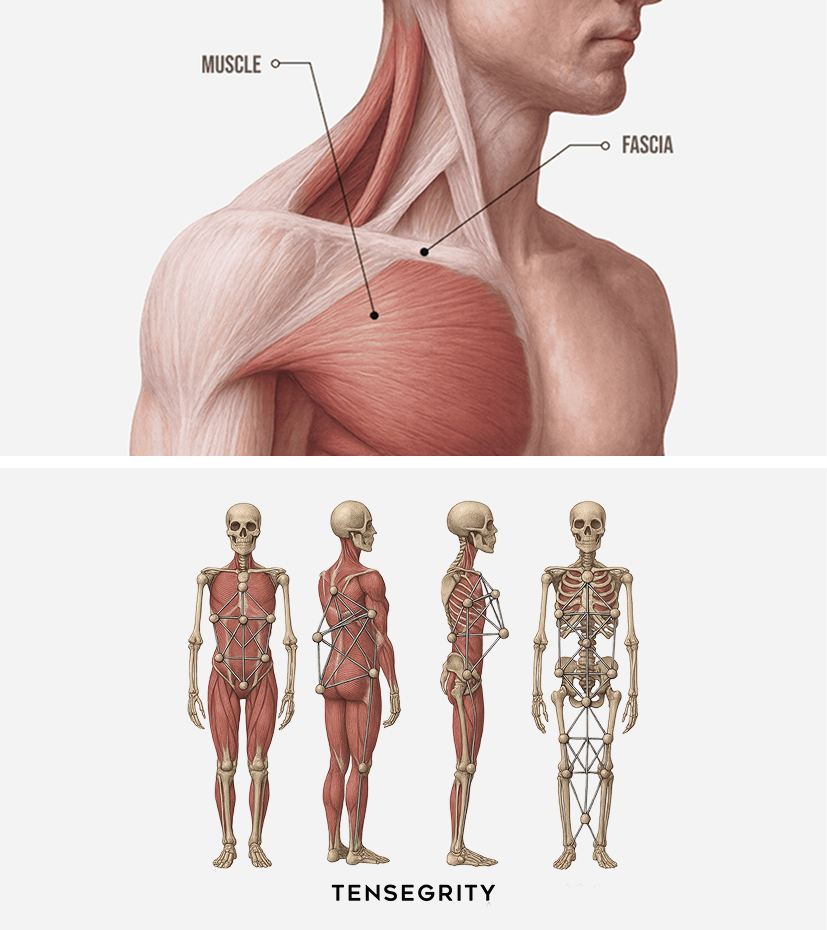
At NYDNRehab, we leverage the most advanced, evidence-based methodologies to restore the functional properties of myofascial tissues. Our multifaceted approach dramatically accelerates the healing process, and patients often experience complete recovery after just a few sessions.
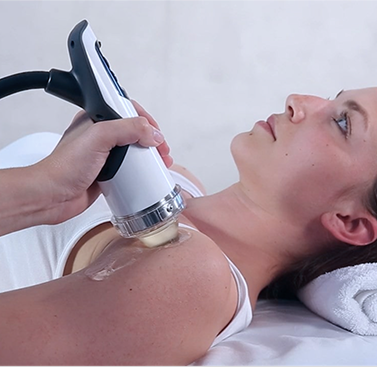
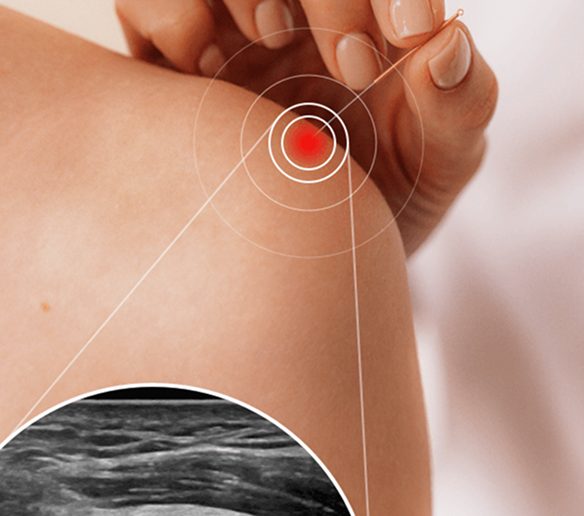
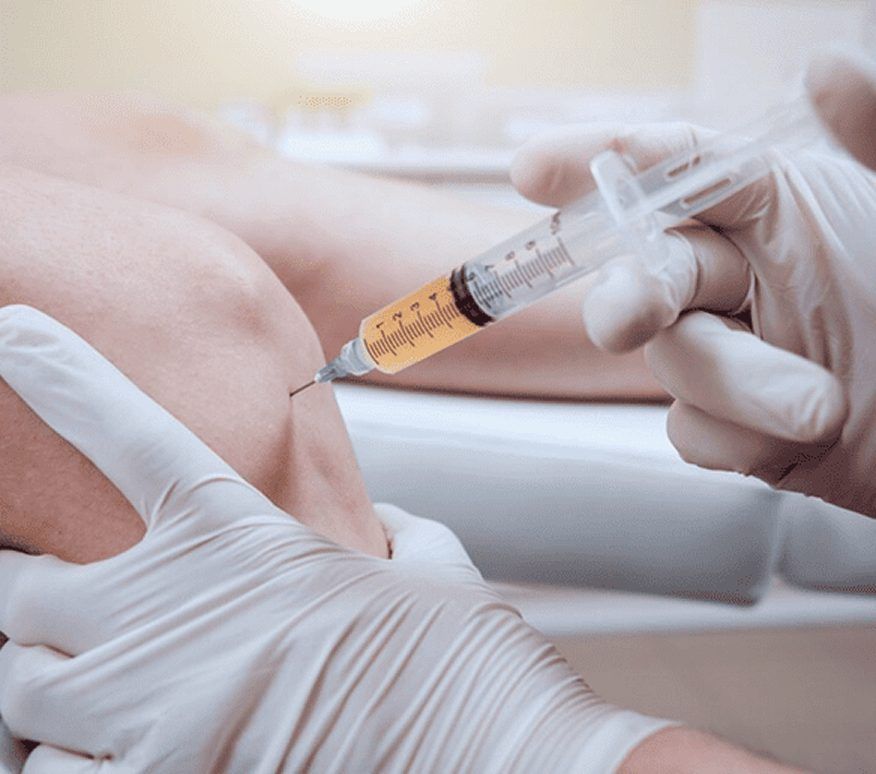
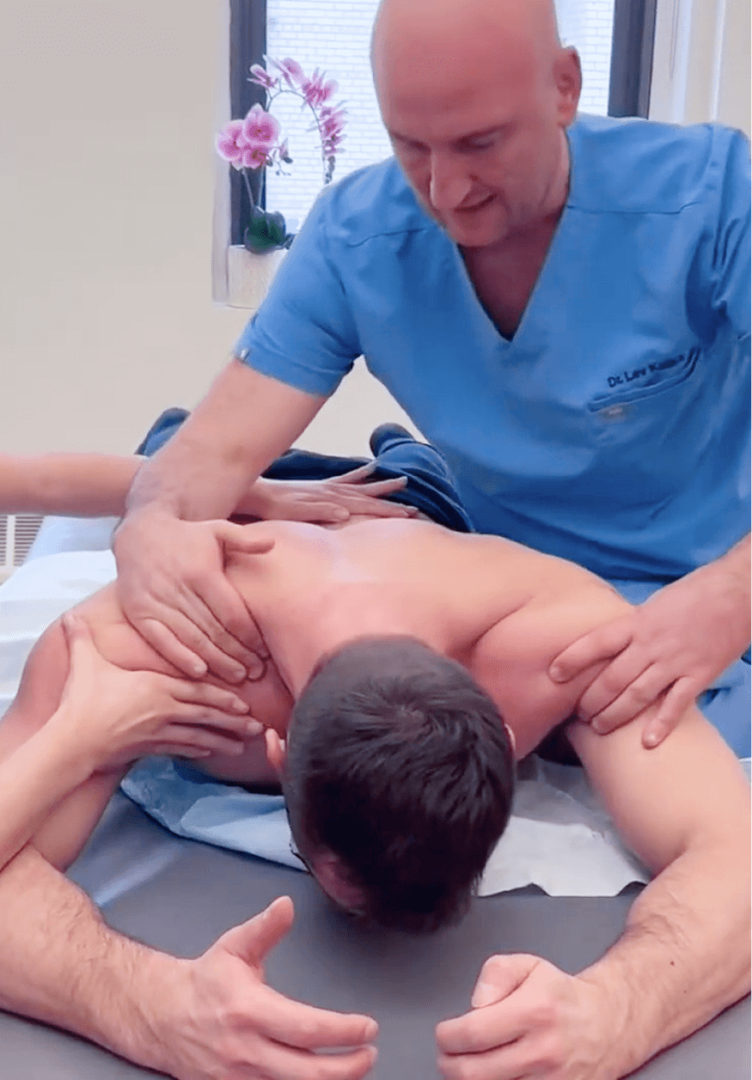

Rebuilding muscle strength while joints and connective tissues are still healing is a challenge for athletes who need to return to sport in the shortest time possible. BFRT enables you to increase muscle size and strength at much lower training volumes, to reduce stress on still-healing structures while rapidly restoring muscle performance.
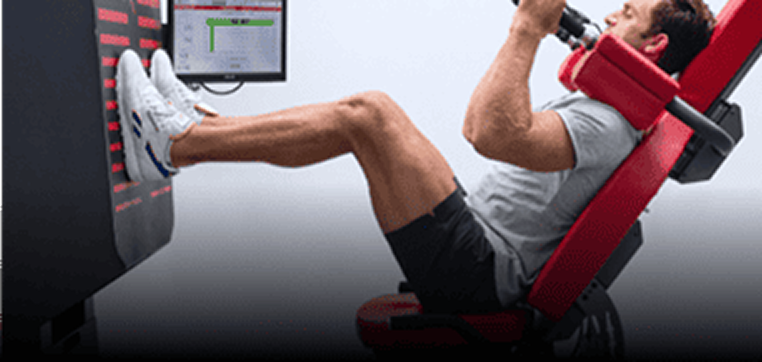
We use the Kineo intelligent loading system to create customized training and rehabilitation programs for our patients. With Kineo, we can customize variable load protocols for functional training, core training, agility drills and more. The Kineo variable resistance system lets us design a personalized variable load curve based on the needs of the individual patient.
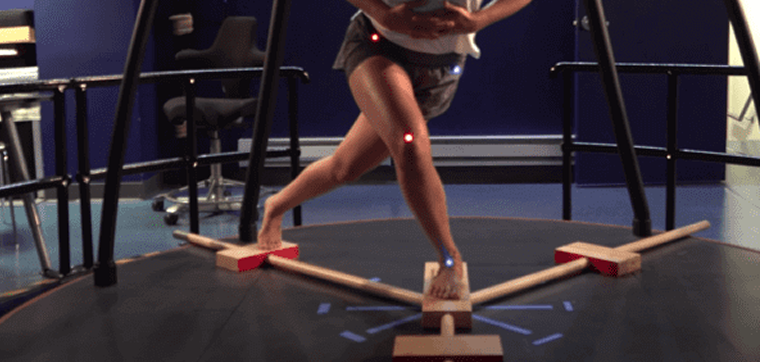
C.A.R.E.N equips us with a high-tech environment for precisely measuring joint kinematics, muscle firing patterns, balance and weight distribution, and minute motor deficits that can hurt performance and cause injury. C.A.R.E.N’s virtual reality feedback environment helps restore optimal movement for peak athletic performance and reduced injury risk.
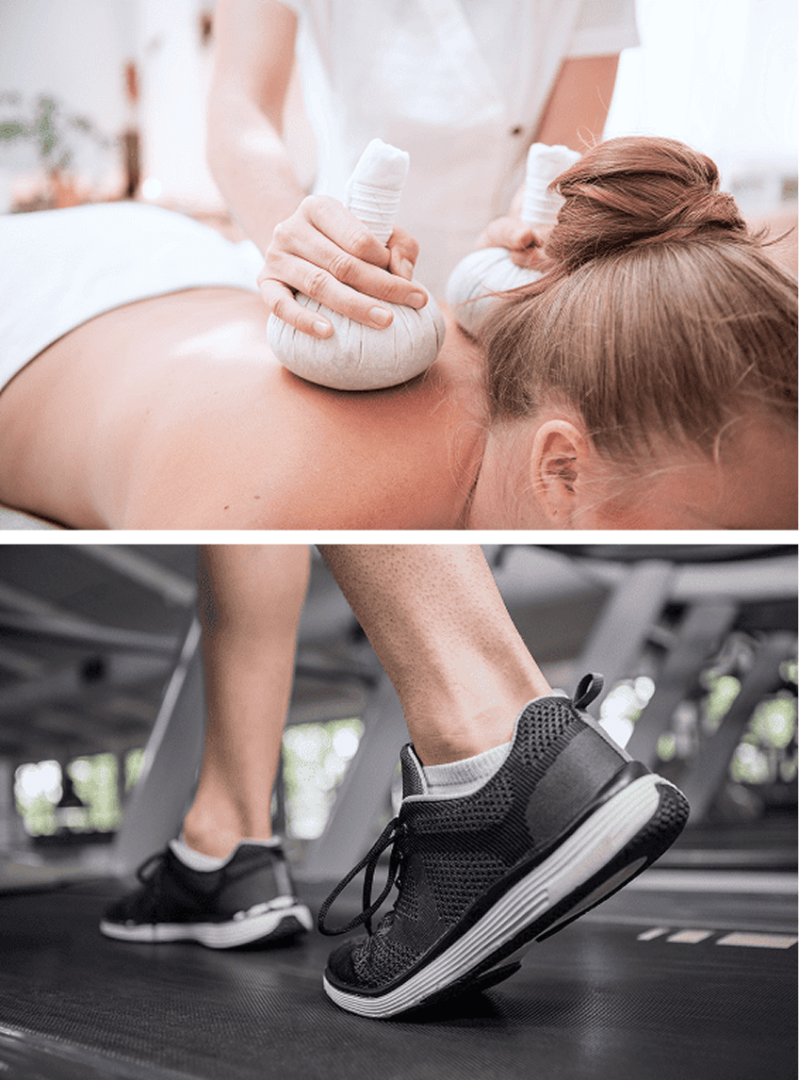
DNS 3 month position training
Shoulder stabilization
Motion analysis testing
Kineo INTELLIGENT LOAD
Proteus System
Movement Varieties on The Proteus System
Running drills on kineo
Office video
HBM(human body model) - muscle activation analysis and feedback retraining
C.A.R.E.N.( computer assisted rehabilitation environment) - neuromuscular control therapy
Lower kinetic chain analysis and retraining
3D proprioceptive knee control training
Redcord Active Course
Stability testing with pertubation (knee,ankle,hip)
Dynamic hip control strenghtening 6
Quincy Williams was referred by his brother, who plays for the NY Jets: "best place to go for professional athletes in NY"
Jonas Hoegh-Christensen Is Thankful to Lev Kalika; Back and Leg Issues Solved
Janko Tipsarevic About NYDRehab clinic
Omar and Sierra Calhoun About NYDRehab
Andrew on Rehab After Shoulder Surgery
HIGH PERFORMANCE STABILITY TEST
Michael Becker on How His Son Stepped Up the Running Game Thanks to Dr. Kalika
Henry Burns on Achilles Pain Treatment at NYDRehab
Patrick on Knee Pain Treatment at NYDRehab Clinic
A Patient on Groin Pain Treatment at NYDRehab
 Dr. Yuri Brosgol
MD
Dr. Yuri Brosgol
MD
 Dr. Michael Goynatsky
DPT
Dr. Michael Goynatsky
DPT
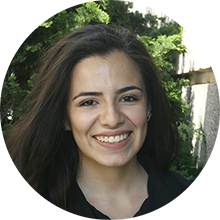 Dr. Daniela Escudero
DPT
Dr. Daniela Escudero
DPT
 Dr. Michelle Agyakwah
DC
Dr. Michelle Agyakwah
DC
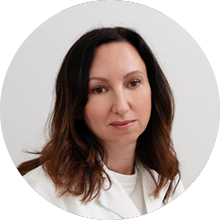 Dr. Tatyana Kapustina
L. Ac.
Dr. Tatyana Kapustina
L. Ac.